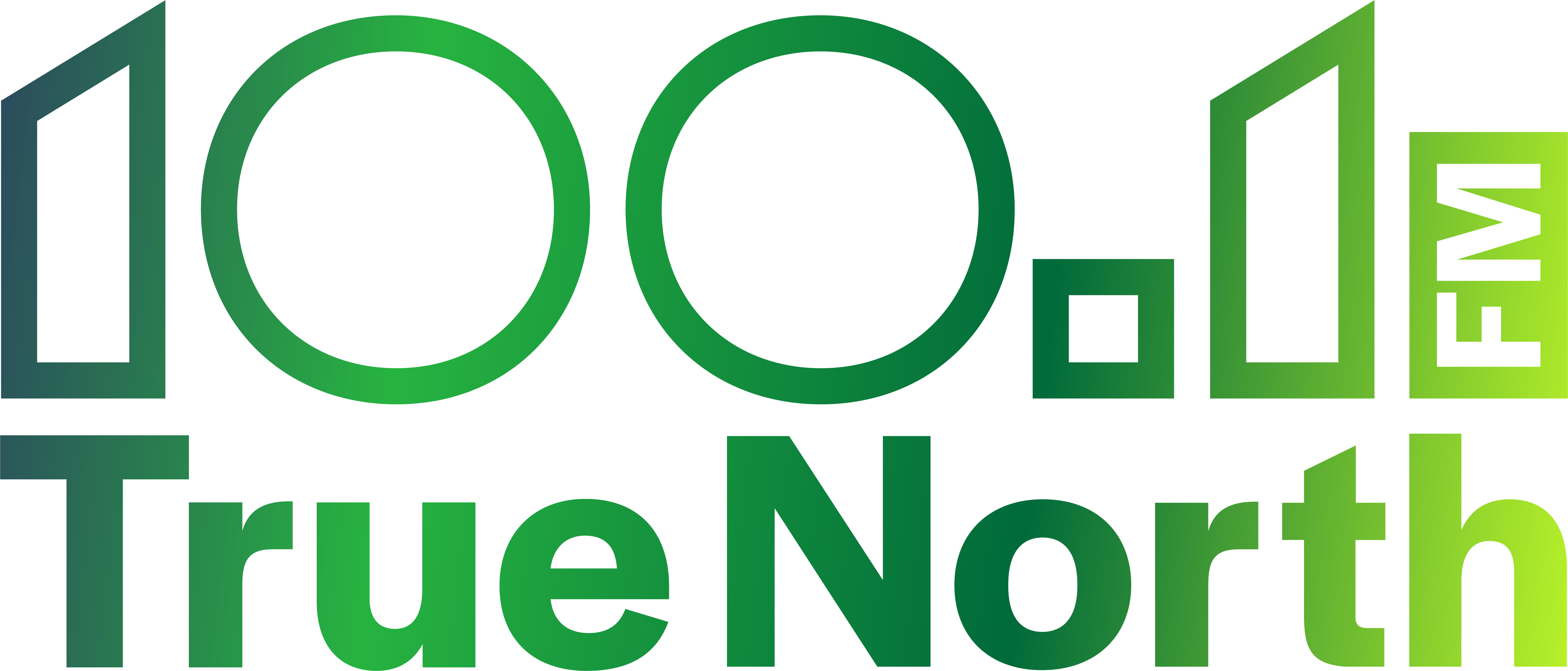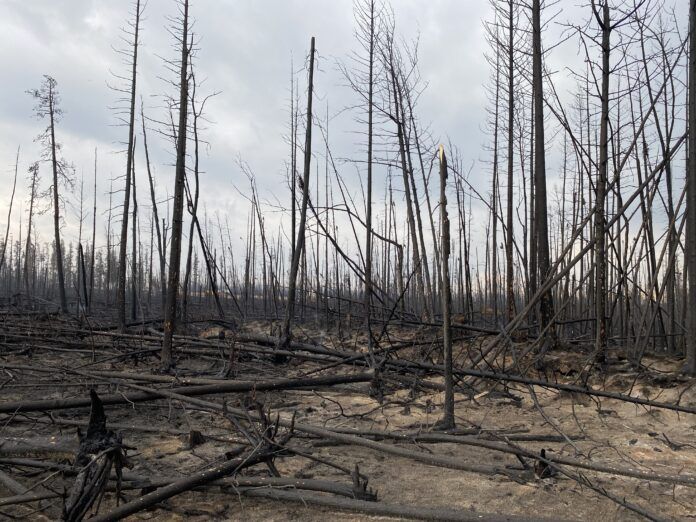A recent report from the Insurance Bureau of Canada showed that the recent NWT wildfires ended up causing over $60 million of insured damages.
Once the order was made in mid-August, almost all of the NWT was evacuated due to the ongoing fires, which crews had struggled to contain for most of the spring and summer seasons.
The Behchokǫ̀-Yellowknife wildfire started northwest of Yellowknife in late June. By late July, the fire had encroached the Behchokǫ̀ area, impacting the community of Rae and nearing Edzo and the Frank Channel, which connects Great Slave Lake to Marian Lake in the northwest. Ultimately, the fire destroyed four homes in the Rae area.
By mid-August, officials warned that the fire could reach Yellowknife city limits as fire behaviour increased due to dry, hot and windy conditions, and an evacuation was ordered. Northwest Territories fire officials announced the wildfire was “being held” on August 28, indicating it was no longer expected to spread beyond its current boundaries.
The 4,000 residents of Hay River and the surrounding area, the community of Enterprise and K’atl’odeeche First Nation Reserve were ordered to evacuate on August 13. Over three quarters of the structures in Enterprise were destroyed, and damage was reported in Paradise Gardens and Patterson Road (20 kilometres south of Hay River), including four homes, a cabin and a travel trailer along the shores of Great Slave Lake that burned down. During the evacuation, the RCMP reported a dozen vehicles that were immobilized or destroyed by the fire along the highway outside of Enterprise.
“This wildfire season set new records in terms of the amount of land burned and damage caused to personal and commercial property,” said Craig Stewart, Vice-President of Climate Change and Federal Issues, IBC. “No part of the country was spared, including communities in the Northwest Territories. As the frequency and severity of weather events such as wildfires continue to increase, we need to take immediate action to fund and rapidly implement Canada’s first National Adaptation Strategy.”
The Insurance Bureau of Canada is the national industry association representing Canada’s private home, auto and business insurers. Its member companies make up the vast majority of the property and casualty insurance market in Canada.





